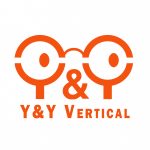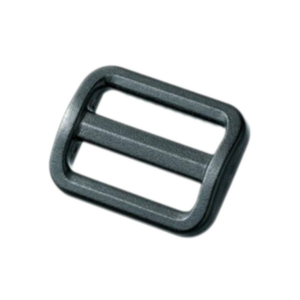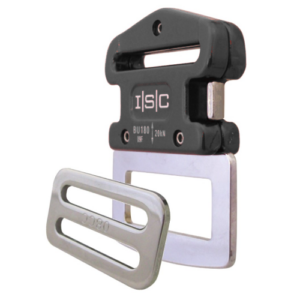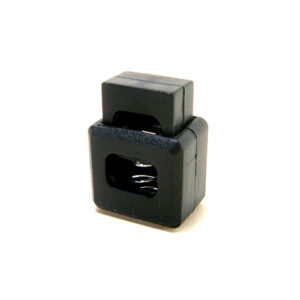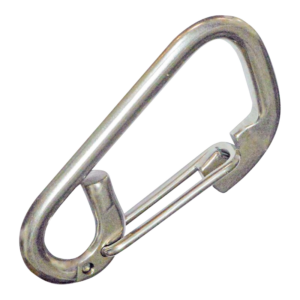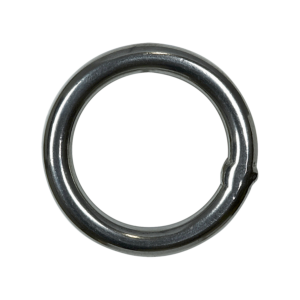Working at Height Restraint Systems
There is no such thing as a “safe fall”, or a “safe fall distance”, because the outcome of a fall is always unpredictable. There are numerous possible hazards in a fall, including:
- Impact with a protruding object
- Whiplash injuries
- Internal injuries due to sudden deceleration
- Adverse effects (including death!) of hanging in a harness too long (see section 17)
- The possibility of a swing fall to impact an adjacent wall or object (see section 14)
- Failure of a component in the fall-arrest system
Because of these uncontrollable hazards, falls should be considered a major risk even if a proper fall-arrest system is used. Therefore a fall prevention system (also known as a restraint system) must be used whenever possible to eliminate the chance of a fall – bearing in mind that “all practicable steps” should have already been taken to isolate the workers from the hazard. As defined in AS/NZS 1891.4:2000 Industrial fall arrest systems devices, Selection use and maintenance, the total restraint system requires “a combination of anchorage placement and lanyard/line length which will not physically permit the operator to reach a fall-risk position.” Typically this system is used on the roof areas of commercial buildings. The worker wears a harness connected to a rope, which is attached to an anchor or anchors in such a configuration that the worker cannot reach the edge of the roof. There may be a single anchor in the centre of the roof, or two anchors at different positions. The harness for a restraint system can be either a fall-arrest harness or a work-positioning harness. The advantage of the fall-arrest harness is that it can also be used if the system is later changed to fall-arrest.






